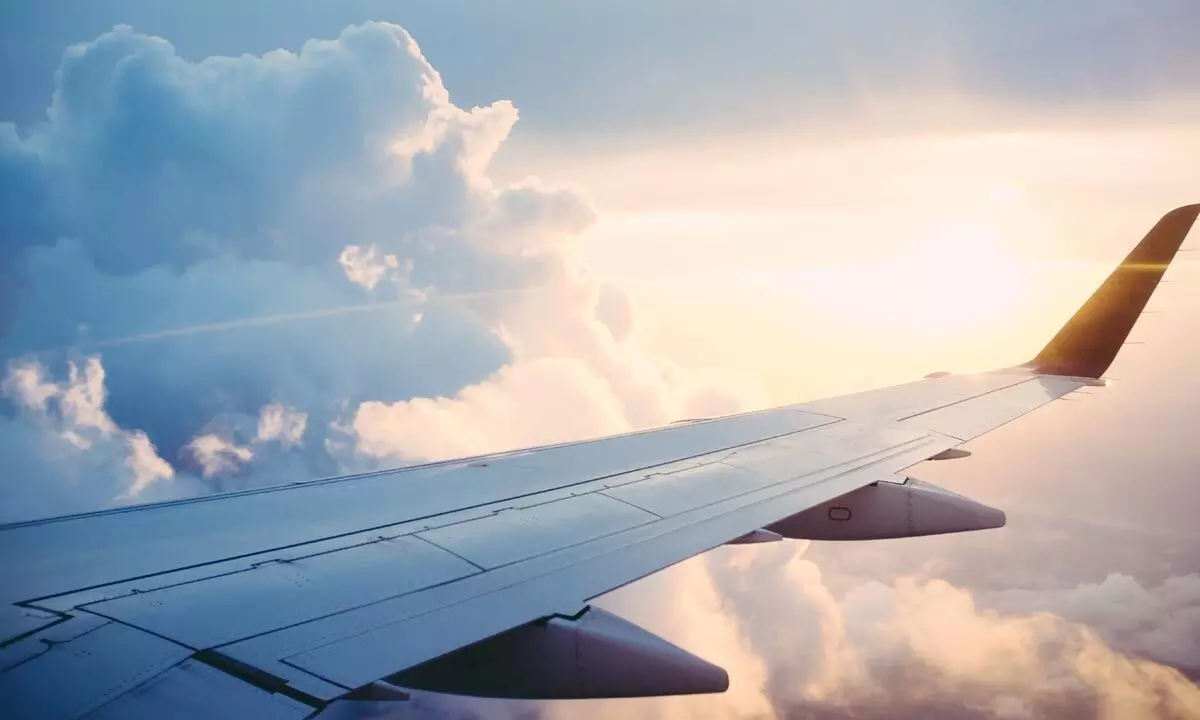How loyalty programs can help airlines earn more profit
After slumping to 60 per cent below 2019 levels during the first year of the pandemic, global flight bookings through the end of August 2022 were 16 per cent higher than in 2019. This is great news for airlines, whose bottom line suffered during the lockdowns and restrictions of the pandemic.
image for illustrative purpose

After slumping to 60 per cent below 2019 levels during the first year of the pandemic, global flight bookings through the end of August 2022 were 16 per cent higher than in 2019. This is great news for airlines, whose bottom line suffered during the lockdowns and restrictions of the pandemic.
And while travel loyalty programs originally gained currency among frequent business travelers with deeper pockets, business travel has yet to see a full recovery. That means airlines are upping the ante on their loyalty programs to attract a wider range of members - even those who don't even travel that often - and to deliver the kind of engaging, timely experiences that the digital-savvy consumer has come to expect.
Airline loyalty programs or frequent flier programs (FFPs) are incentive schemes run by airlines to reward their passengers, foster traveller loyalty, and support retention. The initial idea was simple and straightforward: The more people fly, the more points or miles they earn, the more perks they get.
Until recently, the number of accrued bonus points was based on the number of miles flown. Some travellers used it as a loophole to game the system and took longer, often multi-stop flights (which were usually cheaper too) instead of short, direct ones to get more points.
So, today most FFPs are revenue-based, meaning that points are accrued according to the member's actual spend. This way, airlines not only prevent cheating, but also make a step towards sustainability goals by discouraging unnecessary flights known as mileage runs, and prioritize the most profit-generating fliers – those who buy first-class and travel for business. Flying isn't the only way for members to earn points – a 'points fortune' can actually be made without ever stepping on a plane. Most airlines partner with a large number of travel and non-travel companies that take advantage of FFPs to attract and retain their own customers. Hotels, car rentals, cruise companies, retail outlets, and other businesses buy points from airlines (the price ranges on an average is 1 to 2 cents per point) and then grant these points to their own customers as a reward for transactions.
In addition, the airlines' partnership with financial, card-issuing organizations allows FFP members to earn points just by using the co-branded credit and debit cards – with huge sign-up bonuses being a common extra lure. For example, British Airways and United Airways have a welcome offer of a whopping 100k miles (credited after spending $5,000 within 3 months).
And now we come to the answer to our initial question. These partnership programs and selling virtual points for real money are what makes FFPs such a valuable asset. Airlines earn a lot more through their own made-up currency use than through ticket sales. Multiple studies prove that, if properly motivated by a brand, customers are willing to stick with it and spend more – bringing more profit. Thousands of travellers go out of their way to get that sought-for elite status.
Since customer loyalty turns out to be such a valuable, revenue-generating resource, airlines bend over backwards to cultivate and cherish it. So, let's look at the key components of airline loyalty programs management – or what has to be done.

